Pruning currants - for what purpose is it done, rules for pruning a bush by year
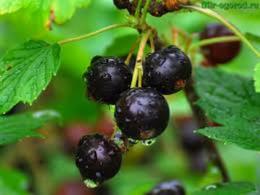
Gardening is a whole science. A bush planted for the purpose of “let it grow” will bear a small amount of medium-sized fruit. Everything changes when it is grown to produce numerous and high-quality fruits.
To achieve this goal, caring for the bush is required, namely regular pruning of currants.
Content:
- What is the purpose of pruning shrubs, types of pruning
- Why do you need to prune currant bushes?
- Types of bush pruning
- Scheme for pruning black currants in autumn
- Rules for pruning currants for the winter in the fifth and subsequent years
- How to prune currants in the spring, when planting
- Is it necessary to prune currants in summer?
- Pruning white and red currants, features
What is the purpose of pruning shrubs, types of pruning
If you want to get a large number of fruits from a currant bush, you need to properly care for it. Pruning helps to maximize the potential of a fruit-bearing plant. There are several types of pruning. Each of them is resorted to at a certain time of the year, depending on the purpose of pruning.

Why do you need to prune currant bushes?
In order for a planted plant to bear good fruit, it needs to create comfortable conditions.
Pruning allows you to create them for several reasons:
- By removing unnecessary branches, it becomes stronger.If you do not trim off the excess, the plant will waste its vitality on creating new branches. In this case, it will not be able to form large fruits in large quantities.
- Pruning is necessary to form the correct crown. When the plant is too thick, the internal branches become poorly ventilated and darkened. Without enough light, the berries will grow small and not numerous.
- Removing excess branches makes picking berries easier.
- For health purposes. In case of frostbite or damage to the branches, they should be pruned to improve the condition of the plant.
- Creating a strong skeleton. Proper pruning will strengthen the main branches, which will provide resistance to strong winds. This will also allow the crown to hold the snow cap with minimal or no damage to the branches.
- Life extension. Pruning helps extend the productive life of the plant significantly.
Pruning should take place at the appropriate time of year. If this factor is not taken into account, pruning the bush will not give the desired result.
Types of bush pruning
There are three types of pruning, each of which gardeners use for objective reasons.
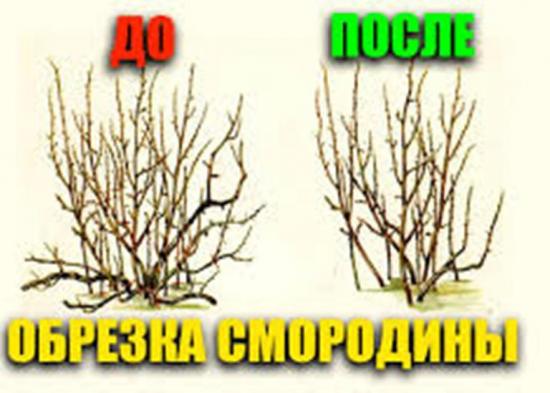
Forming
Thanks to it, gardeners create a strong, healthy and beautiful bush. The first stage of formative pruning begins when the seedling is planted. Over the course of several years, a strong skeleton and a beautiful crown are formed.
You need to start in the fall (3 weeks before the expected start of frost), or in early spring, before the awakening period begins. Over the course of 5-6 years of care, formative pruning is required, after which the bush becomes mature and requires only rejuvenating pruning.
Sanitary
This name speaks for itself.This is like rehabilitation in case of frostbite, damage or the presence of unproductive (shrunken) branches and diseased shoots.
Rejuvenating
The purpose of this pruning is to extend the growing season. By removing currant branches, which after 6-8 years lose their ability to produce high-quality berries, it is possible to develop more promising branches.
Black, red and white currants have different periods of maturation of branches, therefore their care is different. I do anti-aging pruning according to the type of currant. Sanitary pruning is done annually.
Scheme for pruning black currants in autumn
Pruning should begin after planting the seedling in its first year of life. Growing blackcurrants requires annual pruning. Why should pruning be done in the fall? Currants quickly awaken, and when the period of sap flow begins, there is no point in pruning.
In the spring, you need to have time to do the pruning so that the wounds have time to heal, and during the awakening period, juice does not drain from the cuts. In this case, the plant will spend energy on healing rather than forming high-quality fruitful buds.
Autumn is the most optimal time for pruning. After the onset of autumn cold weather, currant sap flow slows down. Pruning should be done during this period, but no later than 2-3 weeks before the expected onset of frost. The plant must have time to heal the cuts before frost.
Black currants have a number of differences in comparison with red and white ones. It grows widely and spreadingly. The branches age faster and stop bearing fruit, so the pruning scheme is special.
Formative pruning is done in the first year of life, after planting.At the base of the plant, you need to count 3-5 buds on each branch, and cut off everything that is higher. By next season it will have about 5-6 new shoots.
Next year, new pruning is carried out. You need to select 3-4 of the most promising and properly growing shoots, the rest are cut off. When choosing which to cut, preference should be given to those shoots that interfere with or shade each other.
The selected shoots will become a skeleton in the future. In order to activate the growth of shoots in subsequent years and increase the number of small fruit branches, in mid-summer you need to trim the tops of existing branches into 2 buds. In this way, the correct structure and fruits (twigs that bear fruit) are formed.
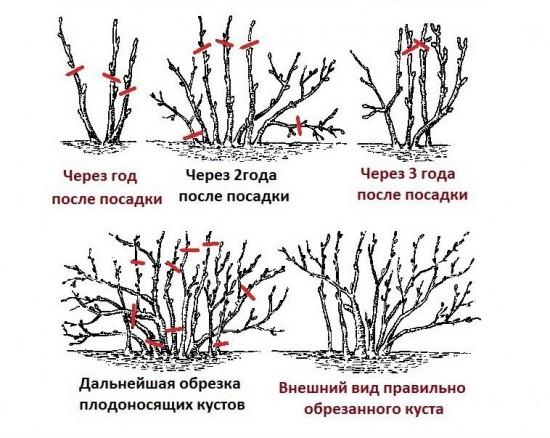
In the third year, zero shoots will appear again. From these you need to select from 3 to 6 of the strongest, well-positioned shoots relative to the existing branches.
You should not leave underdeveloped shoots inside: they will provide excessive shading of strong branches, but will not produce good berries themselves. In the second year of life, the tops of grown branches are cut off into several buds.
The same thing happens in the fourth year. Among the new shoots, the strongest are selected, the rest are cut out. The branches of the second and third years are shortened at the branching points to several buds.
Rules for pruning currants for the winter in the fifth and subsequent years
In the fifth year of life, anti-aging pruning is already required. Since black currant branches age by 5-6 years and stop bearing fruit, they should be eliminated along with the tops (shoots from the old branch).
Among the young shoots, the best are selected - the rest are cut out.
You also need to trim the tips of overgrown branches to stimulate the growth of new shoots.The bush may also require sanitary pruning.
In all subsequent years, you need to continue to care for the bush, growing new strong shoots and removing old, unproductive branches. The bush should consist of 20-25 branches from different years. With proper care, it can bear fruit for up to 25 years.
How to prune currants in the spring, when planting
Spring pruning has its advantages and disadvantages.
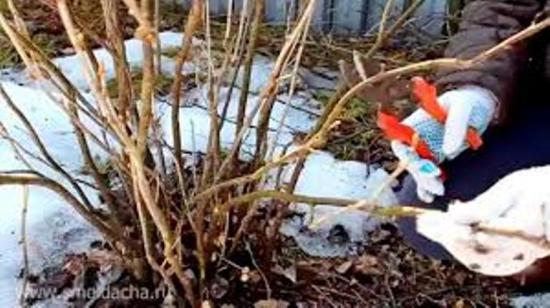
The advantages are:
- carrying out effective sanitary pruning, removing broken branches after winter;
- frostbitten shoots are cut off;
- a fresh cut will not get frostbitten when cold weather arrives.
But you need to take into account that spring pruning is done after the temperature outside has settled above +5 and there are no more frosts.
The main disadvantage of spring pruning may be that the currants wake up early. If you are late with pruning, the wounds will not have time to heal, and during the period of sap flow, liquid will ooze from the wounds. The result will be a poor harvest.
The structure of the red and white currant bush is different from black. The red one has more branched skeletal branches. The awakening period is later, and the growing season of the branch lasts several years later than that of the black one.
For red, spring pruning will be the best period, although it is partially recommended to prune it in the fall.
The scheme for growing red and white currant bushes is the same as for black currants, but there are some differences:
- the tops of last year's growths are not pinched;
- 2-3 year old shoots do not have their tops cut off;
- 7-year-old branches are removed.
A red currant branch can bear fruit for 7-8 years, after which the branch is cut off at the root.
The whole point of caring for a red or white currant bush is to remove old branches, excess shoots and carry out sanitary pruning.Old, but still fruit-bearing branches can be shortened to branching, which stimulates the development of lateral shoots.
Is it necessary to prune currants in summer?
It is recommended to prune in accordance with the recommendations for this type of currant. Black currants need to be pruned in the fall, after the leaves fall and sap flow in the plant stops. But it is recommended to prune red and white ones in spring or mid-summer after fruiting. Summer pruning is not suitable for black currants.
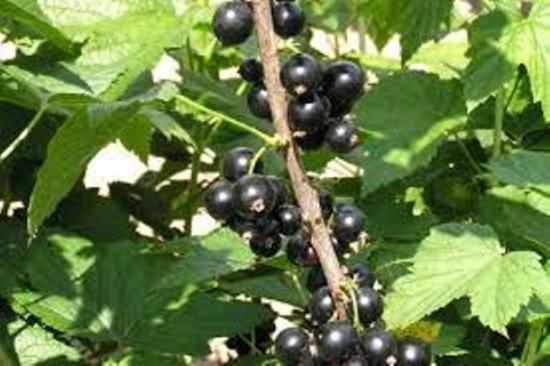
For red and white currants, pruning should be done either in spring or summer.
July pruning has its advantages: the cut will not freeze (which is a possibility with autumn pruning), the cut will not exude juice if the plant awakens (a possibility with spring pruning), pruning is done after harvesting.
Pruning white and red currants, features
Pruning white and red currants is carried out differently than black currants. This is due to the peculiarities of the structure and growth of the branches of the bush. If the branches of black currants stop bearing fruit at 5-6 years, then for red and white currants the growing season stops at 7-8 years. Thus, the most fruitful time for bushes of these species is the 3-4th year of the branch’s life.
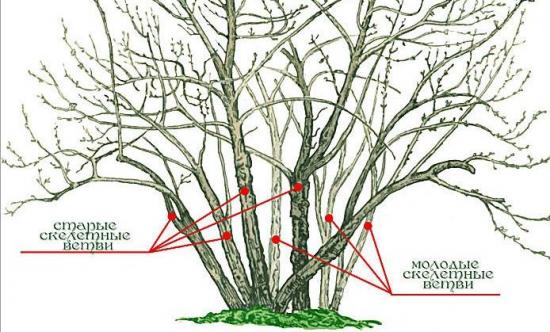
Red currants do not pinch the tips of branches on 3 and 4 year old branches. Blackcurrant grows due to young shoots. Other types of currants often produce side shoots, due to which it becomes more lush.
The formation of the crown of a bush begins with planting the plant. In the spring, existing branches are immediately pinched, which makes it possible to release young shoots from the roots.
In the second year, new shoots appear, of which only a few strong, well-spaced branches should be left.Since the bush tends to thicken with vegetation in the center of the bush, it is necessary to thin it from the inside.
It is recommended to carry out regular sanitary pruning, removing diseased, broken or bacteria-infested branches.
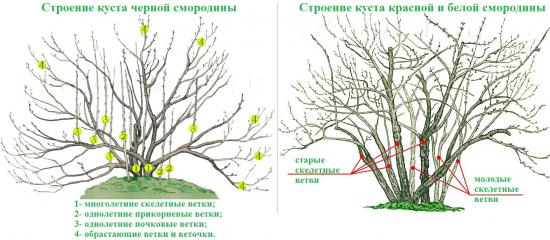
By the 7-8th year of a branch’s life, it is cut off at the root, since it will no longer be useful. At this time, the branch becomes so old that it cannot bear fruit.
With your own hands you can create a strong, well-fruiting currant bush. To do this, it is worth studying the type of currant that you plan to grow. With the right pruning scheme, the bush will bear high-quality and numerous fruits.
You will learn more about the rules for pruning currants when watching the video:



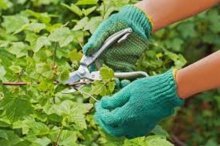
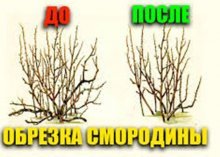
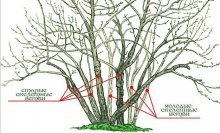

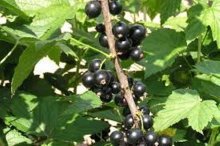
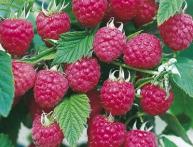
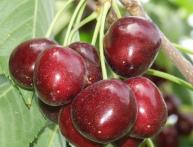

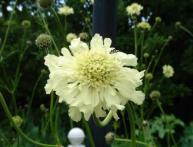
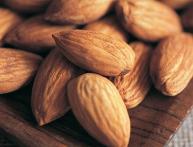
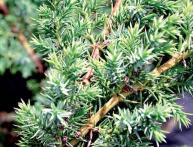
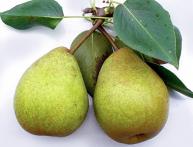
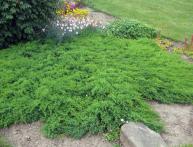
Comments
The fact is that I trim and prune currants every year and I think that there is no point in feeling sorry for them and that it is necessary to “remove” all the diseased shoots and branches that are necessary for growth. I think this is correct! What do you think?
We bought a dacha with ready-made currant bushes, I don’t know how old they are, we can only guess and rely on the experience of our grandmother, who manages the affairs regarding the garden and commands the pruning.
You can tell by the berries. If it is small and not sweet, then the bushes are already old and my advice to you is to slowly start renewing the currants. Don’t cut everything out right away, otherwise you’ll be left without any berries.